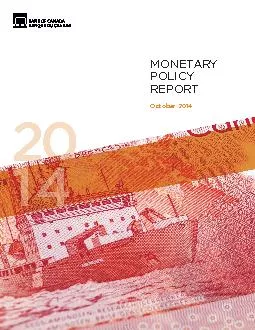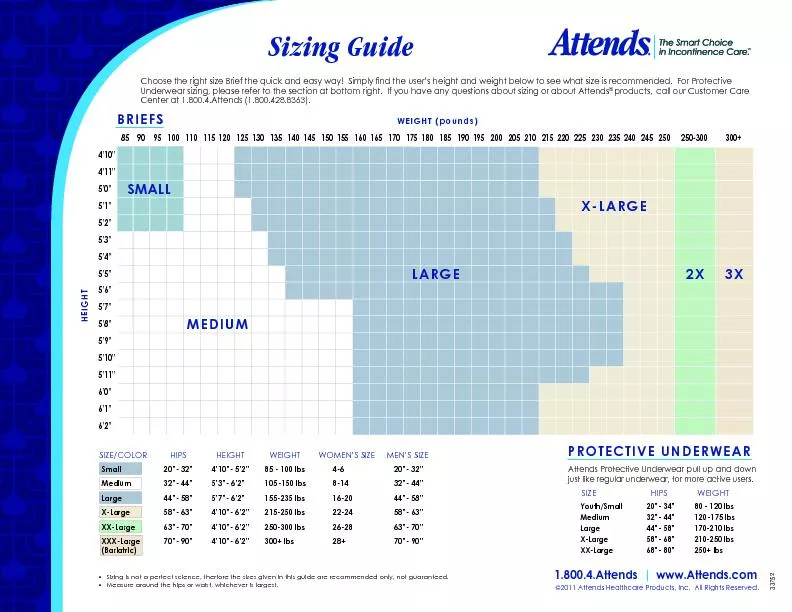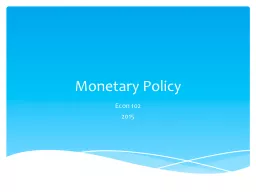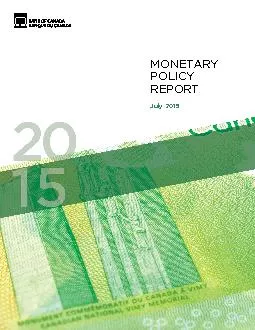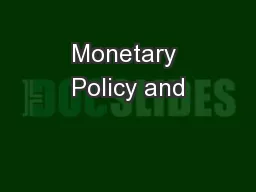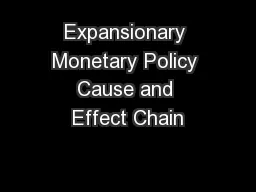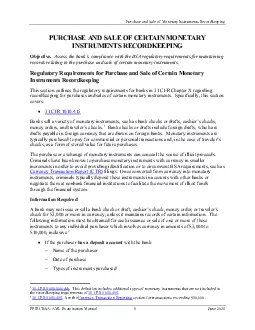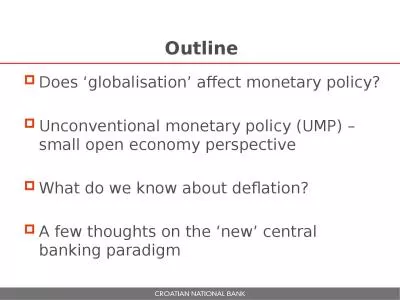PDF-The Monetary Policy Report is available on the Bank of Canada’s w
Author : alexa-scheidler | Published Date : 2015-09-08
Canada146s In ationControl StrategyIn ation targeting and the economyThex0020002EBankx2019sx0020002Emandatex0020002Eisx0020002Etox0020002Econductx0020002Emonetaryx0020002E
Presentation Embed Code
Download Presentation
Download Presentation The PPT/PDF document "The Monetary Policy Report is available ..." is the property of its rightful owner. Permission is granted to download and print the materials on this website for personal, non-commercial use only, and to display it on your personal computer provided you do not modify the materials and that you retain all copyright notices contained in the materials. By downloading content from our website, you accept the terms of this agreement.
The Monetary Policy Report is available on the Bank of Canada’s w: Transcript
Download Rules Of Document
"The Monetary Policy Report is available on the Bank of Canada’s w"The content belongs to its owner. You may download and print it for personal use, without modification, and keep all copyright notices. By downloading, you agree to these terms.
Related Documents

